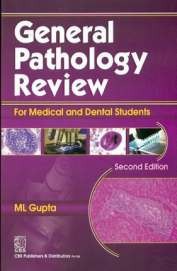General Pathology Review For Medical And Dental Students 2Ed (Pb 2012)
Availability :
In Stock
₹ 295.20
M.R.P.:₹ 360
You
Save: ₹64.80 (18.00% OFF)
(Inclusive
of all taxes)
Delivery:
₹ 0.00 Delivery charge
Author:
Gupta
Publisher:
cbs
Edition:
1st
ISBN-13:
9788123922027
Publishing Year:
2012
No. of Pages:
254
Language:
English
Book Binding:
Paperback











